Gardening enthusiasts and homeowners alike understand the vital role that a reliable garden hose plays in maintaining a lush landscape. With the evolution of the humble garden hose, users now face a choice between the modern expandable hoses and the traditional rubber or vinyl options. Each type has its own set of advantages and drawbacks. In this comprehensive comparison post, we’ll dissect the critical aspects of expandable hoses and traditional hoses to aid you in selecting the perfect fit for your gardening duties.
What Are Traditional Hoses?
Traditional hoses, often made from rubber or vinyl (or a combination of both), have been the steadfast tool of choice for gardeners and homeowners for decades. They come in various lengths, diameters, and strengths to suit a wide variety of tasks. Vinyl hoses are lighter and more economical but less durable than their rubber counterparts, which are known for their longevity and resilience to wear and tear.
Pros of Traditional Hoses:
- Durability: High-quality rubber hoses are incredibly durable and can withstand substantial abuse, exposure to high water pressure, and various weather conditions.
- Stability: They tend to be more stable. They do not twist, kink, or expand unexpectedly, which can be important when working in sensitive or cluttered areas.
- Variety of Uses: With the availability of different widths and lengths, they can be optimized for various tasks, from delicate watering requirements to heavy-duty use involving equipment and high-pressure needs.
Cons of Traditional Holes:
- Weight: Heavier than the expandable variants, making them more challenging to move around, especially for longer lengths.
- Storage: Their rigid structure requires more space for storage and they do not coil as easily as expandable hoses.
- Maintenance: They are prone to kinks and twists, which can cause wear over time and require more hands-on management during use.
What Are Expandable Hoses?

Expandable hoses, a more recent innovation, are designed to be lightweight and easy to store. They are made from two layers: an inner layer that expands up to three times its original length when filled with water, and an outer fabric that protects the inner layer. Once the water is turned off and the hose is emptied, it contracts back to its original length.
Pros of Expandable Hoses:
- Weight: They are significantly lighter, making them easier to carry around the garden or store when not in use.
- Space-Efficient: Because expandable hoses retract, they take up far less storage space than traditional hoses.
- Ease of Use: Virtually eliminates the issue of kinks and twists, facilitating a smoother watering experience.
Cons of Expandable Holes:
- Durability Concerns: The materials used in expandable hoses may not be as robust as the rubber or vinyl in traditional hoses, potentially leading to leaks and bursts if not handled properly.
- Pressure Requirement: Expandable hoses need a minimum water pressure to expand fully, and low pressure can render them less effective.
- Longevity: Many expandable hoses do not last as long as traditional hoses under regular use, especially if left outside and exposed to the elements.
Head-to-Head: Which Hose Rises Above?
When evaluating both types of hoses in a variety of situations, it’s essential to consider a few key aspects: durability, ease of use, flexibility, and value for money.
Durability
While traditional hoses are praised for their resilience, modern expandable hoses have made strides in durability with newer models boasting tougher exterior fabric and improved internal construction. However, for heavy-duty or frequent use, particularly in areas with rough terrain or sharp edges, traditional rubber hoses generally have a longer lifespan.
Ease of Use
Expandable hoses win hands down in this category. Their light weight and tendency to avoid tangles make them far easier to maneuver, especially for those with limited strength or mobility. Traditional hoses require more effort to move and manage and can become a cumbersome task during extensive watering routines.
Flexibility
Flexibility can be defined in two ways: physical flexibility and usage. Physically, expandable hoses are more flexible, able to twist and turn around obstacles without kinking. In terms of use, traditional hoses can be more flexible due to the variety of available lengths, diameters, and their ability to sustain high pressure consistently.
Value for Money
Expandable hoses tend to be less expensive up front, but traditional hoses could be considered more cost-effective in the long run due to their robustness and lifespan. With proper care, a premium traditional hose can last for years, while expandable hoses might need replacing more frequently.
Which Hose Should You Choose?
The decision ultimately depends on your particular needs, preferences, and priorities. Here are some scenarios to consider:
- For Smaller Yards and Gardens: Expandable hoses are a clear choice; their lightweight construction and space-saving qualities make them ideal for quick waterings in compact spaces.
- For Large Yards or Professional Gardening: Traditional hoses may be the better investment. They can handle the rigors of frequent, extensive use, and the range of sizes and strengths can accommodate varied tasks.
- For Those with Mobility Concerns: The ease of use associated with expandable hoses can make a significant difference to users with arthritis or strength limitations.
Care and Maintenance Tips
No matter which type of hose you choose, proper care and maintenance is key to extending the lifespan of the product.
- Storage: Store hoses out of direct sunlight and drain them before putting them away to prevent damage from UV rays and water pressure. Never leave an expandable hose out after use; ensure it’s emptied and stored indoors to prevent damage from the elements.
- Winterizing: Both hoses should be disconnected from the faucet during freezing temperatures. Traditional hoses should be drained and stored indoors, while expandable hoses must be fully contracted before storage to avoid internal ice expansion damage.
- Pressure Considerations: For expandable hoses, make sure your water pressure is within the recommended range for the product to prevent undue strain on the hose.
Final Thoughts
When it's time to pick the right hose for your gardening and outdoor needs, assess the pros and cons of each type in context to your situation. If you need a lightweight, easy-to-store option for light use, the expandable hose is a great option. Conversely, if you need a durable, industrial-strength hose that can handle a variety of gardening tasks, a traditional hose might be the right choice.
By taking into account this in-depth comparison of expandable hoses vs. traditional hoses, you can make an informed decision that ensures a successful, hassle-free watering experience for years to come.
Don't let heavy, cumbersome garden hoses hold you back. Upgrade to the Pocket Hose Copper Bullet today. Lightweight, durable, and kink-resistant, it's the perfect tool for any gardening task. Click here to get yours now!
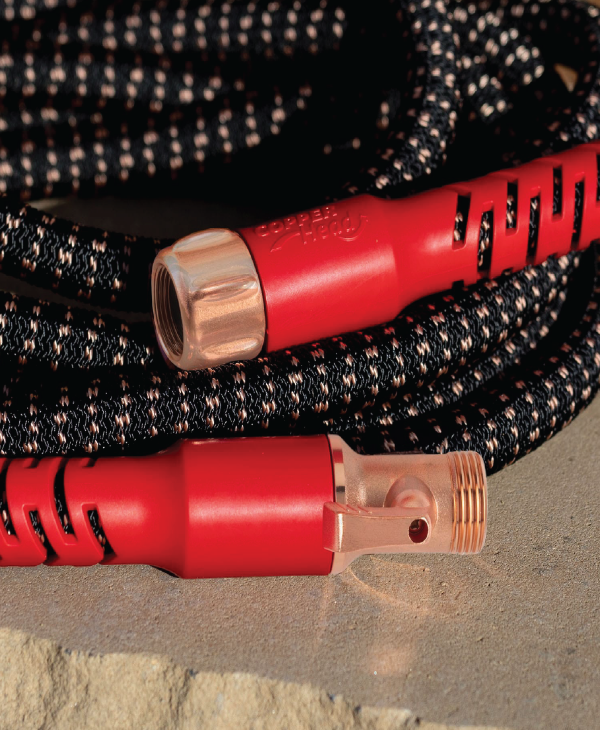
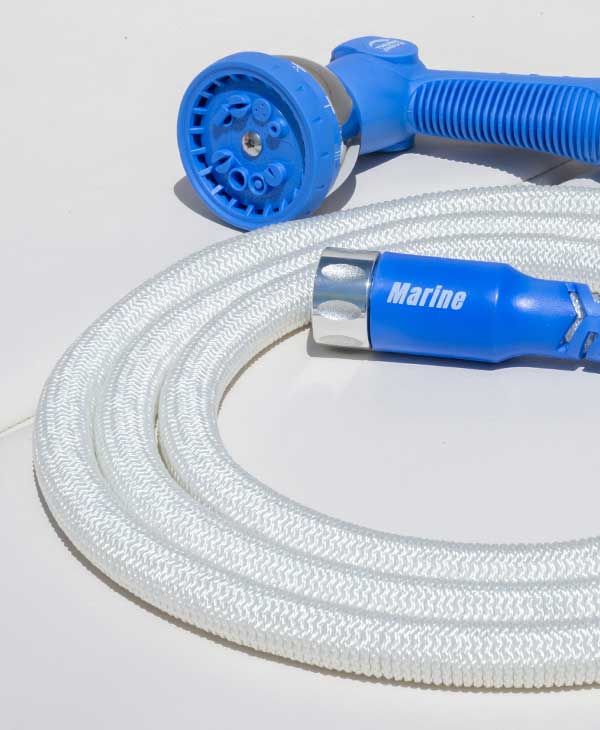
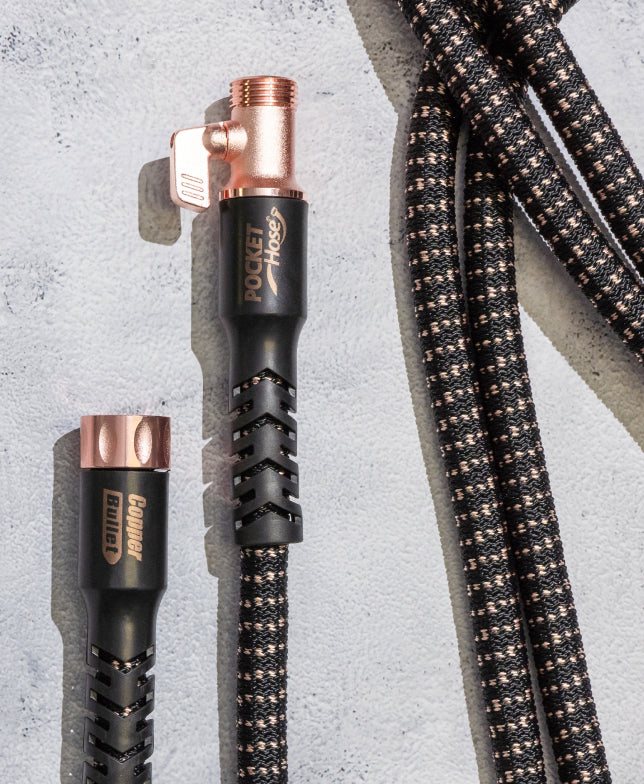
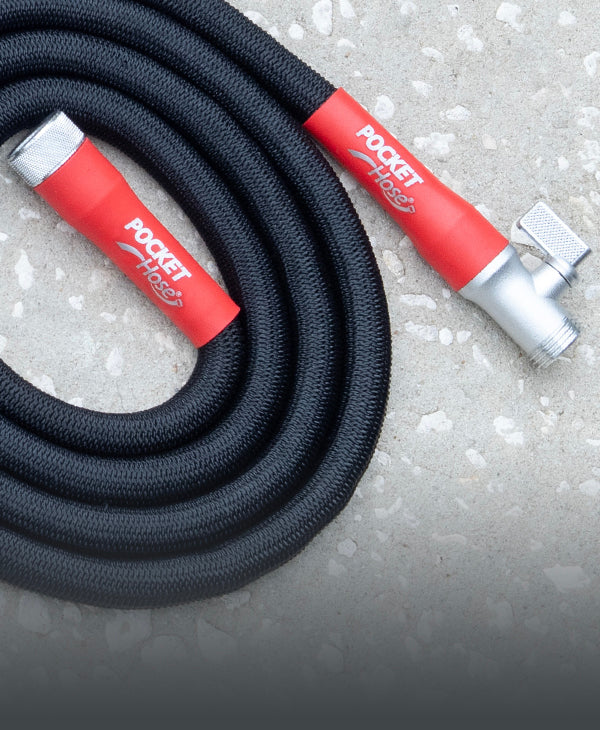
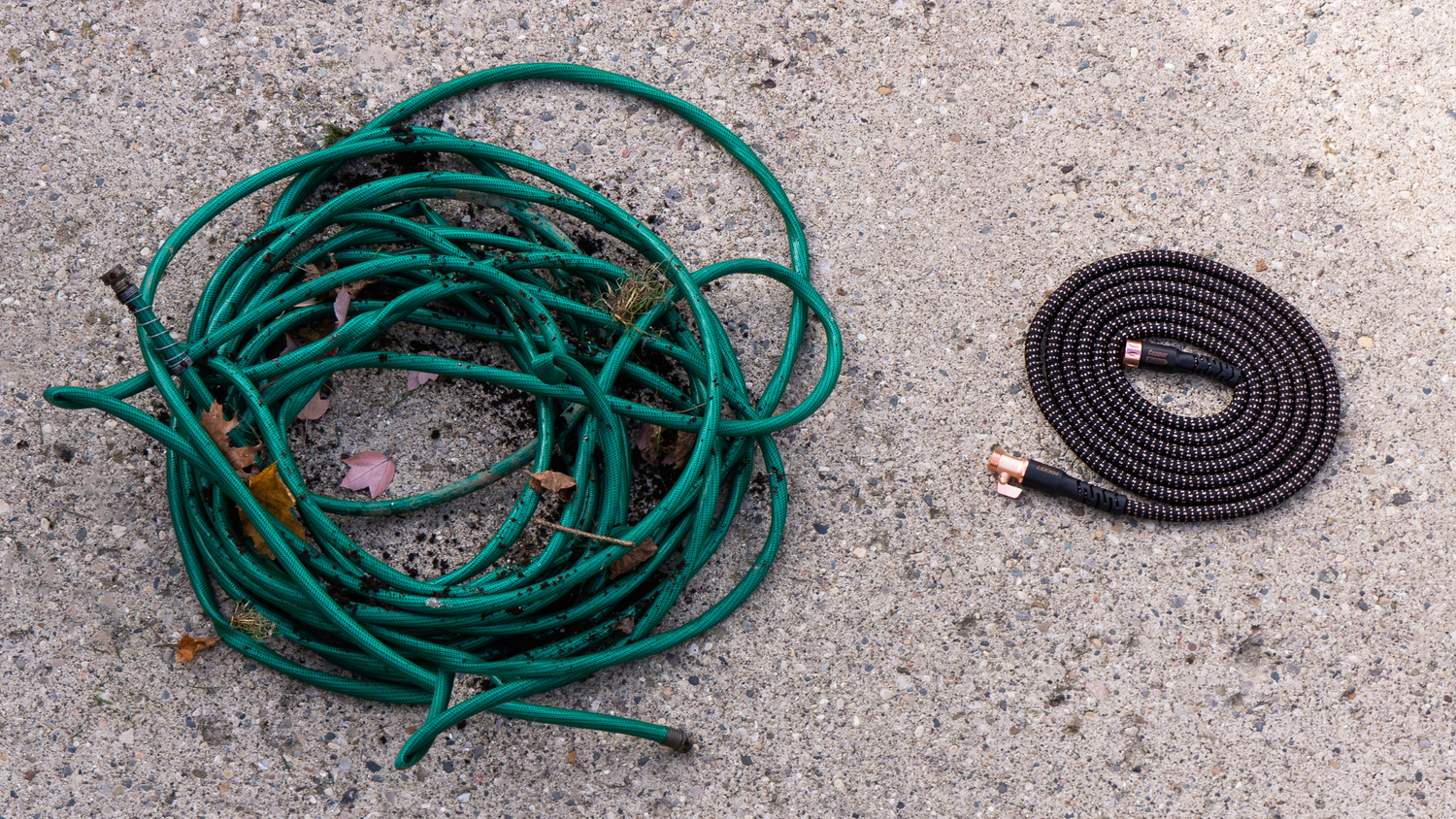
Leave a comment
This site is protected by hCaptcha and the hCaptcha Privacy Policy and Terms of Service apply.